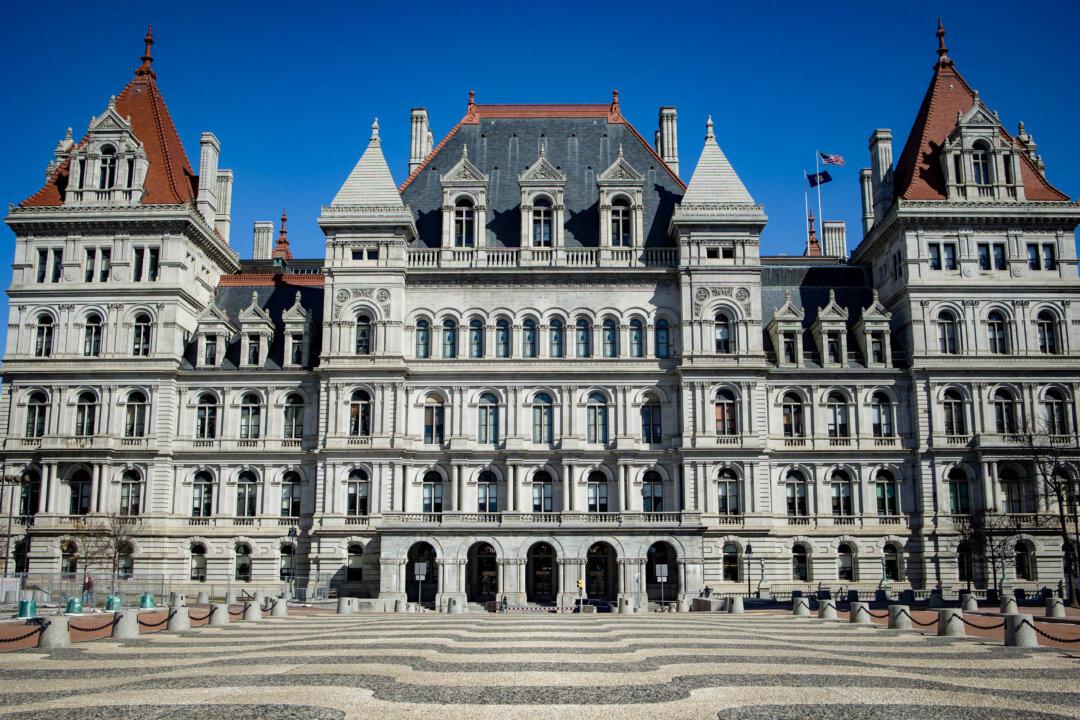The Democrat-dominated New York Legislature has rejected in super-majority votes an independent commission’s court-ordered congressional district map. It now has only days to adopt a new one without throwing the state’s 2024 election schedule into disarray.
How blue lawmakers will go with their new map will be the grist of contention among Democrats in the coming days as well as a source of swirling speculation in Washington with potentially significant ramifications on which party controls the U.S. House in 2025.





